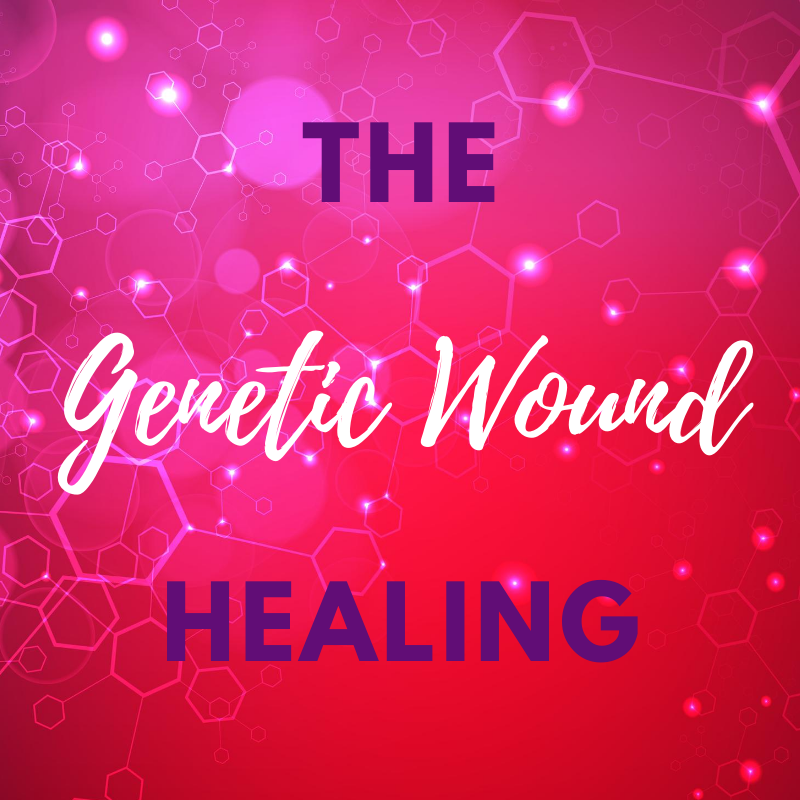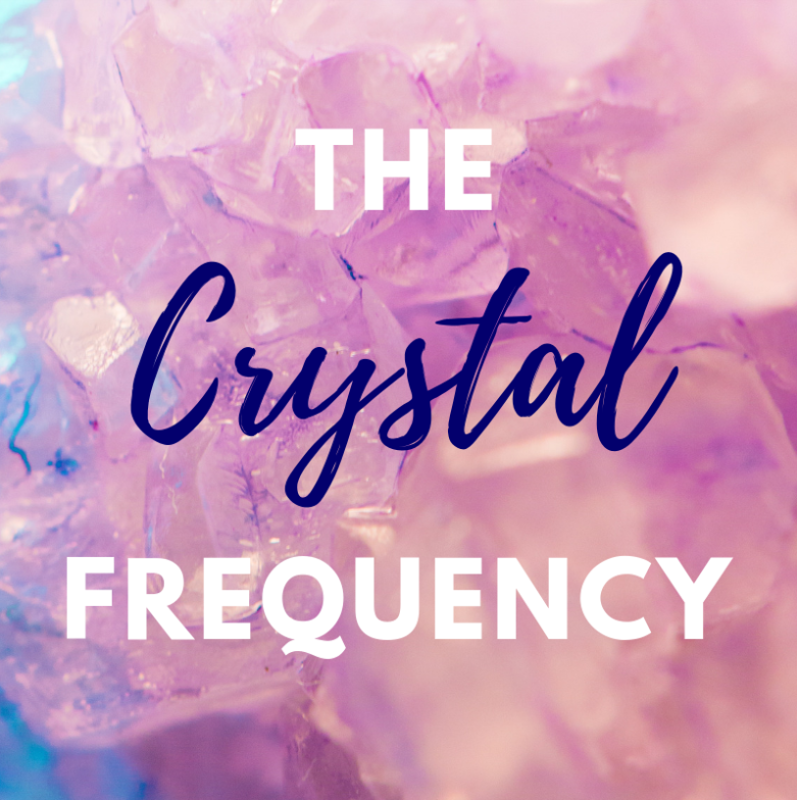How To Become A Spiritual Healer
Spiritual Healing is an alternative kind of treatment that is administered by one or more practitioners, with the goal of curing or improving a variety of patient conditions. Today, there are already a wide variety of spiritual healing treatments available worldwide.
In essence, spiritual healing is a type of holistic medicine that serves as an alternative treatment option for a wide range of ailments—ranging from depression to broken bones—whether on the mental, emotional, or physical levels.
In many cases, most spiritual healers apply their hands on the patient to heal the affected area by channeling energy from practitioner to patient. However, it depends on what kind of modality is being used. For example, some people think that musculoskeletal issues like tight necks, frozen shoulders, and damaged knees respond especially well to spiritual or energy healing.
Furthermore, spiritual healers use a variety of tools and come in many forms and sizes to meet the individual needs of each client. Nevertheless, they all strive toward the same objective, which is to assist and facilitate their customers’ access to their higher selves.
And that’s what makes their work so incredibly beautiful!
What do spiritual healers do?
It is crucial to recognize how personalized each client’s treatment plan is if you are seeking spiritual healing as a kind of therapy or with the goal of becoming a practitioner.
No treatment works for everyone.
When creating a treatment plan for spiritual recovery, there is no one right way to go. Professionals will create a customized plan to meet the needs of each person.
What’s the Difference Between Spiritual Healing and Energy Healing?
Alternative forms of healing like spiritual healing and energy healing have grown increasingly popular in recent years. But what exactly are these practices, and how do they differ? Let’s take a closer look at the key distinctions between spiritual healing and energy healing.
Spiritual Healing
|
Energy Healing
|
3 Steps in Becoming A Spiritual Healer
Becoming a spiritual healer is not just about acquiring skills; it’s a journey of self-discovery and connection with higher consciousness.
Here are 3 essential steps to guide you on this enlightening path:
Step 1: Cultivate Self-Awareness and Healing
The first and most crucial step on your journey to becoming a spiritual healer is, therefore, to cultivate self-awareness and actively engage in your own healing journey. This process involves delving deep into your emotions, traumas, and belief systems. By honestly acknowledging and healing your wounds, you not only pave the way for personal growth but also develop greater empathy and understanding for the struggles of others.
Practical Tips:
- Practice mindfulness meditation to quiet the mind and connect with your inner self.
- Explore holistic healing modalities such as yoga, Reiki, or energy healing to experience different healing techniques firsthand.
- Keep a journal to reflect on your emotions, triggers, and moments of insight during your healing journey.
Step 2: Widen Your Knowledge and Skills
As you progress in your self-healing journey, it is therefore essential to deepen your knowledge and acquire relevant skills in spiritual and energy healing practices. Specifically, this step involves studying various healing modalities, spiritual philosophies, and energy systems. By doing so, you broaden your understanding of the interconnectedness of mind, body, and spirit.
Practical Tips:
- Enroll in courses or workshops focused on spiritual healing, energy medicine, chakra balancing, or alternative therapies.
- Seek guidance from experienced spiritual mentors, teachers, or practitioners who can offer insights and support on your path.
- Dedicate time to regular practice and experimentation with different healing techniques to discover what resonates most with you.
Step 3: Embrace Your Calling and Serve Others
Finally, the last step on your journey to becoming a spiritual healer is to fully embrace your calling and share your gifts with others. This, in turn, involves cultivating a compassionate and non-judgmental presence, actively listening to others’ needs, and consequently creating sacred spaces where healing and transformation can occur.
Practical Tips:
- Offer healing sessions to friends, family, or volunteer at wellness centers to gain practical experience and feedback.
- Continuously refine your skills and knowledge through ongoing learning, self-reflection, and staying attuned to emerging healing trends.
- Nurture a supportive community of like-minded individuals or join healing circles to exchange insights, experiences, and support each other’s growth journeys.
Range of Common Healing Therapies
Energy healing therapies offer holistic approaches to wellness, addressing not only physical ailments but also emotional and spiritual imbalances. To begin with, let’s delve into a range of common energy healing therapies, including well-known techniques like EFT tapping and Theta Healing.
1. Reiki Healing
Reiki is a Japanese energy healing technique that involves the gentle laying on of hands to channel healing energy into the recipient’s body. Specifically, it aims to balance the body’s energy centers (chakras), promote relaxation, and support overall well-being. Reiki sessions are often deeply calming and can help release energy blockages.
2. Acupuncture
Originating from Traditional Chinese Medicine (TCM), acupuncture involves inserting thin needles into specific points on the body to stimulate energy flow along meridian pathways. As a result, it is used to alleviate pain, reduce stress, and restore energetic balance within the body.
3. Crystal Healing
Crystal healing utilizes the energetic properties of crystals and gemstones to promote healing and balance. In practice, practitioners place crystals on or around the body’s energy centers to clear blockages, amplify positive energy, and facilitate emotional release and spiritual growth.
4. EFT Tapping (Emotional Freedom Techniques)
EFT tapping combines elements of traditional Chinese medicine and modern psychology. It involves tapping on specific acupressure points while focusing on emotional issues or physical discomfort. Consequently, this technique releases negative emotions, alleviates stress, and promotes emotional well-being.
5. Theta Healing
Theta Healing is a meditation-based energy healing modality that accesses the theta brainwave state to facilitate deep healing. Through this approach, practitioners use visualization, belief work, and energy clearing to address limiting beliefs, traumas, and promote positive change on emotional, mental, and spiritual levels.
How To Promote Your Self As A Spiritual Healer?
Promoting yourself as a spiritual healer can indeed present challenges, especially for those who prioritize healing over self-promotion.
Energy healers, in particular, may struggle with the idea of “selling” their services.
One effective approach is to focus on authenticity in your online presence. Additionally, engaging in community outreach, offering valuable content, collaborating with others, nurturing networking and referrals, and honoring your healing gifts can further strengthen your efforts. Moreover, seeking support and guidance, acknowledging discomfort, and balancing promotion with service are also essential components of this process.
Ultimately, embodying your purpose as a healer—illuminating paths, offering healing, and empowering others—can guide you through the process of self-promotion in a way that feels aligned with your values and intentions.
Hey! If you liked this article you might also be interested in these other popular related resources:










